Discover 8 hidden attractions, cool sights, and unusual things to do in Szydłowiec (Poland). Don't miss out on these must-see attractions: St Sigismund's Church, Zamek w Szydłowcu, and Muzeum Instrumentów Muzycznych. Also, be sure to include Cmentarz żydowski w Szydłowcu in your itinerary.
Below, you can find the list of the most amazing places you should visit in Szydłowiec (Masovian).
Table of Contents
St Sigismund's Church

Also known as: Kościół św. Zygmunta w Szydłowcu
Catholic church in Szydłowiec, Poland. Saint Sigismunt Church in Szydlowiec is a church that was built towards the close of the Gothic period and is an example of the Late Gothic hall church. The exterior is of local sandstone. The late-Gothic silhouette of the church does not prepare a visitor for the impression made by its Renaissance interior colorful polychromy.
There are a lot of original monuments: gravestone (by Bartolommeo Berrecci) of Mikołaj Szydłowiecki (1480-1532), gravestone of Mikołaj Radziwiłł (1746-95) and his wife Maria née Gawdzicka and was inspired by sleeping Ariadna's (G. Monaldi). In the chancel there is a most beautiful late-Gothic polyptych showing the Assumption and Evangelical scenes made in 1509 in a workshop in Kraków. The 19th-century church organ of the beautiful and rich tone are used also for secular purposes within the framework.[1]
Address: 13 Zakościelna, Szydłowiec
Zamek w Szydłowcu
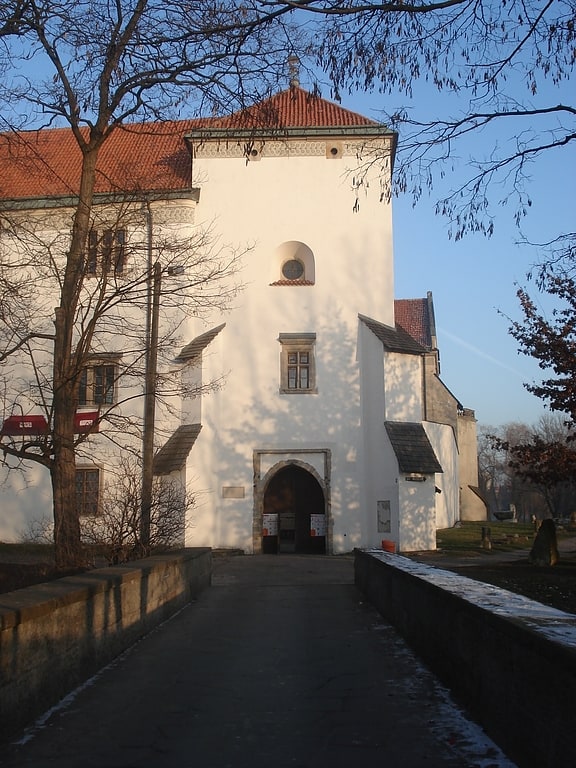
Castle in Szydłowiec - a former Gothic-Renaissance residence of the Szydłowiec and Radziwiłł families and of Duchess Anna Sapieżyna, which is one of the town's main monuments.
It was built by Stanislaw Szydłowiecki in the years 1470-1480 on the site of the former castle. In the years 1515-1526 the Gothic castle was rebuilt and extended into a Renaissance residence by Mikołaj Szydłowiecki. Between 1619-1629 Albrycht Władysław Radziwill carried out the last reconstruction of the castle in late Renaissance and Baroque style.
In 1802 the castle and the Szydłowiec estate were purchased by Duchess Anna Sapieżyna Zamoyska, who sold it in 1828 to the Treasury of the Kingdom of Poland. Soon afterwards it was leased to Maurice Engerman, who arranged a beer warehouse there. Unused since the mid-19th century, it was falling into disrepair; it was not until the 1960s that the building was fully renovated. The castle was handed over to the local public institutions; at present it is the seat of Szydłowiec Culture and Sports Centre and the Museum of Folk Musical Instruments.
Address: Józefa Longina Sowińskiego 2, 26-500 Szydłowiec
Muzeum Instrumentów Muzycznych
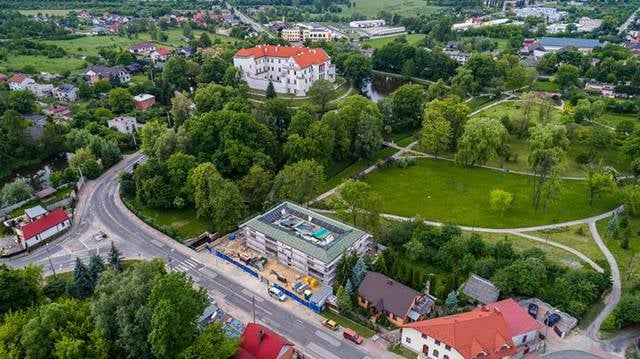
Museum
Cmentarz żydowski w Szydłowcu
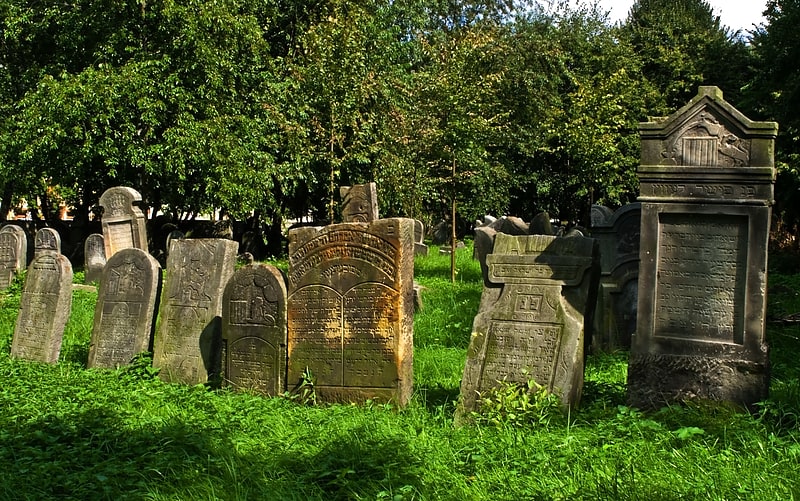
Jewish cemetery in Szydłowiec - a historic necropolis established in the 18th century, located in the northeastern part of Szydłowiec, formerly inhabited by Szydłowiec Jews, at East Street. Until the establishment of Jewish community in Bodzentyn it served also local Jews. The cemetery has the area of 2,7 ha.
About 2000 tombstones have been preserved. The oldest preserved tombstones date back to 1830. According to common custom, the dominant form of a Jewish tombstone is a matzeva. The appearance, size and difficulty of a matzeva reflected the wealth and social position of the deceased (or his relatives). Style of gravestones is generally identified with traditional Jewish art, although there are some double gravestones in the form of sarcophagus or cut tree trunk. The appearance of Szydlowiec gravestones varies greatly; no two objects have identical compositions. Matzevot are decorated with reliefs with Hebrew symbolism mostly from 19th century. In 1957 local authorities closed the cemetery. Two years later the western part of the necropolis was liquidated. In this place, a high school building, a department store and a furniture store were erected. The bodies were not exhumed.
After the war the cemetery was surrounded by a fence with a gate. In 1971 on the cemetery there was placed a plaque commemorating 16 000 murdered Jews from Szydlowiec.
City Hall
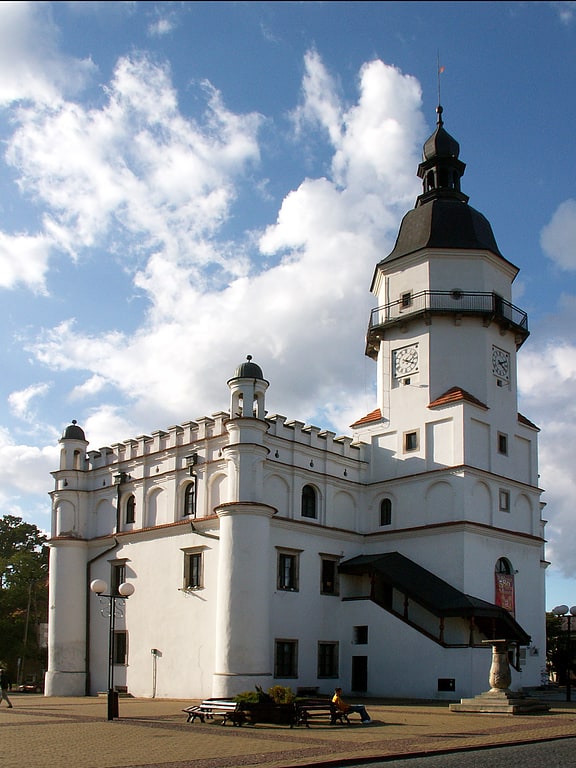
Also known as: Ratusz w Szydłowcu
City or town hall in Szydłowiec, Poland. Szydłowiec Town Hall is a late Renaissance building that is the seat of the mayor and local government administration of Szydłowiec.[2]
Pomnik Tadeusza Kościuszki
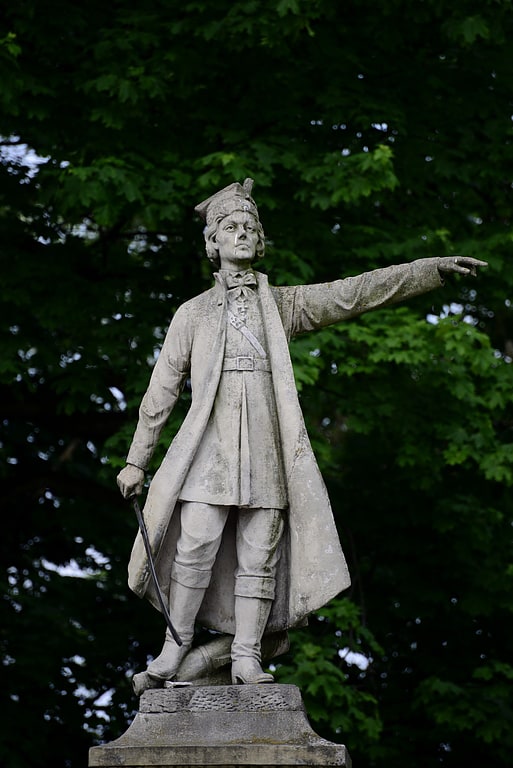
Tadeusz Kościuszko Monument in Szydłowiec - the oldest monument in Szydłowiec, preserved in its original place, located in the southern part of the Grand Market Square, in the Market Square Square.
The initiative to build the monument was born as early as November 24, 1918, and was proposed by councilman Czesław Antecki. The monument was erected in 1923 thanks to the foundation of the city administration and cost 30 million Polish marks. The design of the statue was made by a Warsaw architect, A. Karczewski. The author of the project stated after the unveiling of the monument that his design was: "most horribly derided".
In 1995 it was entered in the register of monuments of Radom province. The monument was restored in 2001. National and patriotic ceremonies take place at the monument.
The column bears a plaque in the shape of an outstretched cross with the inscription "To the Chief of the Polish Nation Tadeusz Kosciuszko Szydlowieanie 1920".
Cmentarz parafialny w Szydłowcu
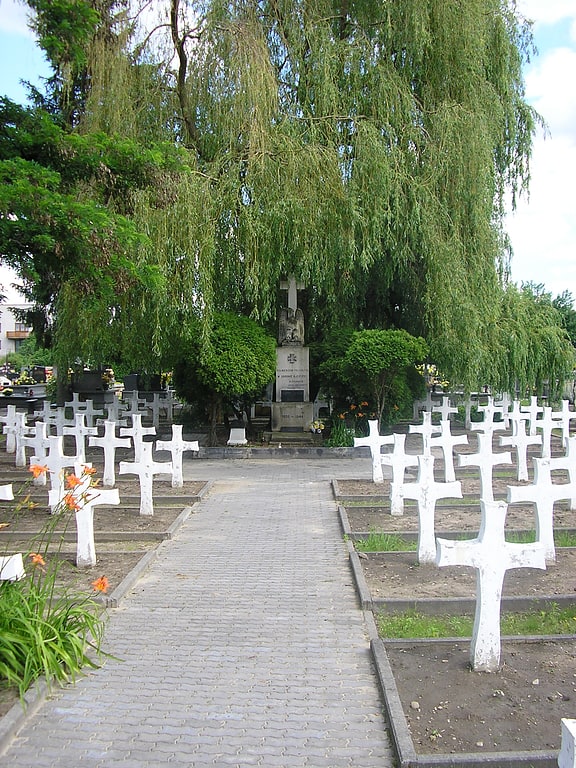
Szydłowiec Communal Cemetery, pot. c. Catholic a. c. Christian - a communal necropolis, was established in the early 19th century south of Szydłowiec. The cemetery is located between Kamienna, Brzozowa and Hubala streets. The oldest gravestones are dated back to 1811. There are two historic soldiers' cemeteries: the Monument of the Unknown Polish Soldier killed during World War I and the Polish-Bolshevik War, the War Cemetery of the Austro-Hungarian, German, and Russian Armies killed in 1914-1918, the War Cemetery of the Polish Soldiers killed for their country on September 8, 1939 in Barak, and the soldiers of the Home Army killed during the German occupation.
In the historical development three main parts of the cemetery were formed: the old one in the north (19th c. and beginning of 20th c.: quarters I-II, IV, VI), the middle one (until the middle of 20th c.: quarters III, V, VIII and X) and the new one in the south (2nd half of 20th c. and beginning of 20th c.: quarters VII, IX and XI-XIV).
Most of the burials are in the Roman Catholic stream, but also in the Orthodox and Evangelical churches. There is no information about non-denominational burials.
There are numerous antique tombstones in the shape of angels, Christ carrying the cross, classical columns, trees, tombstones with a carved skull and tibias, a cross and a palm tree. Three gates lead to the cemetery from Kamienna St. and one gate from Brzozowa St. In front of the entrance to the new cemetery there is a Baroque statue of St. John of Nepomuk, probably from the area of the castle, restored in 1900. During World War II the area was hit by several bombs, which made the oldest part of the cemetery irregularly arranged.
In 2009 Szydłowiec Town Council by the resolution no 208/XLIII/09 established a communal cemetery south of the parish cemetery.
Pomnik żołnierzy poległych w czasie II Wojny Światowej

Memorial